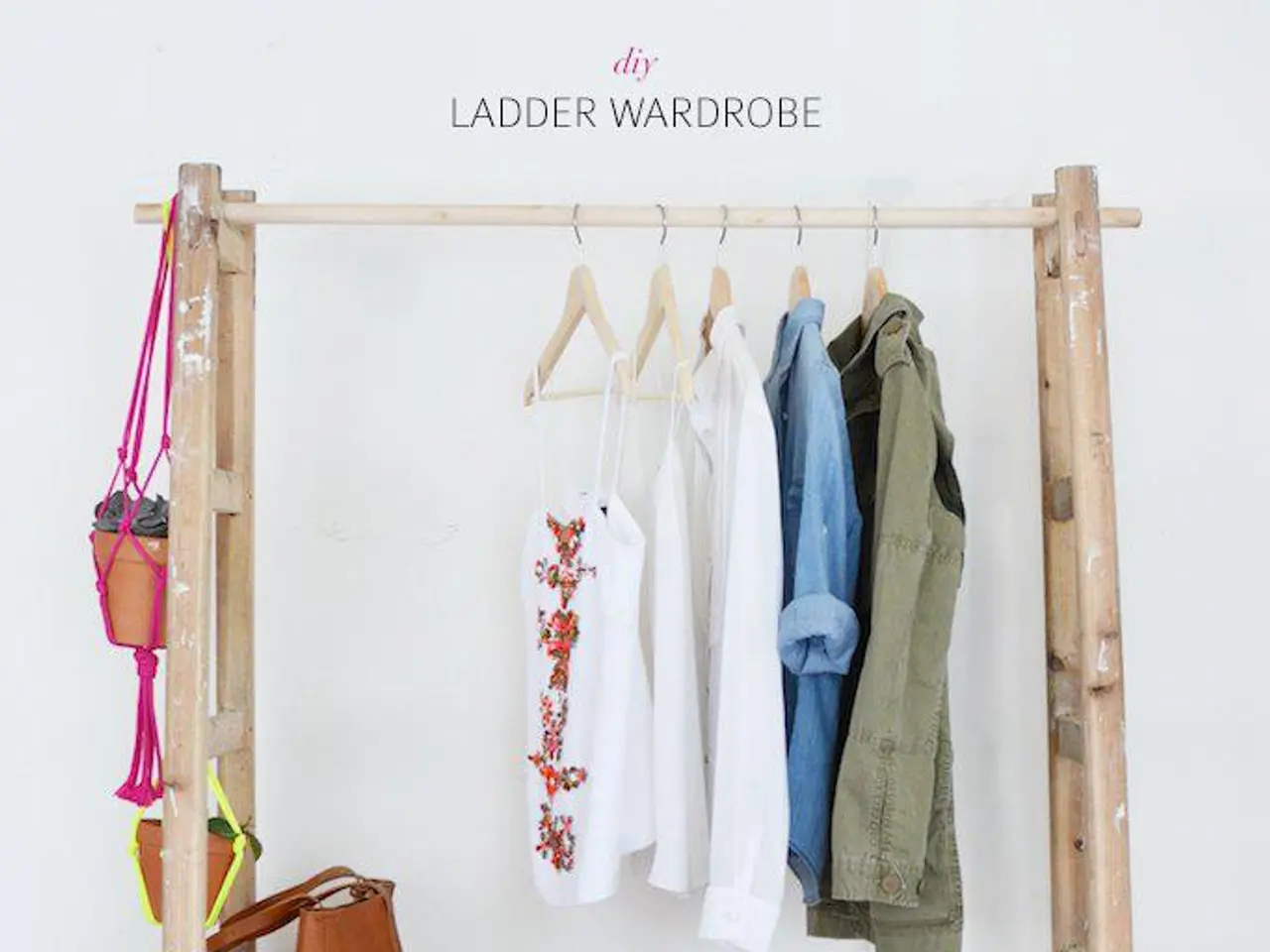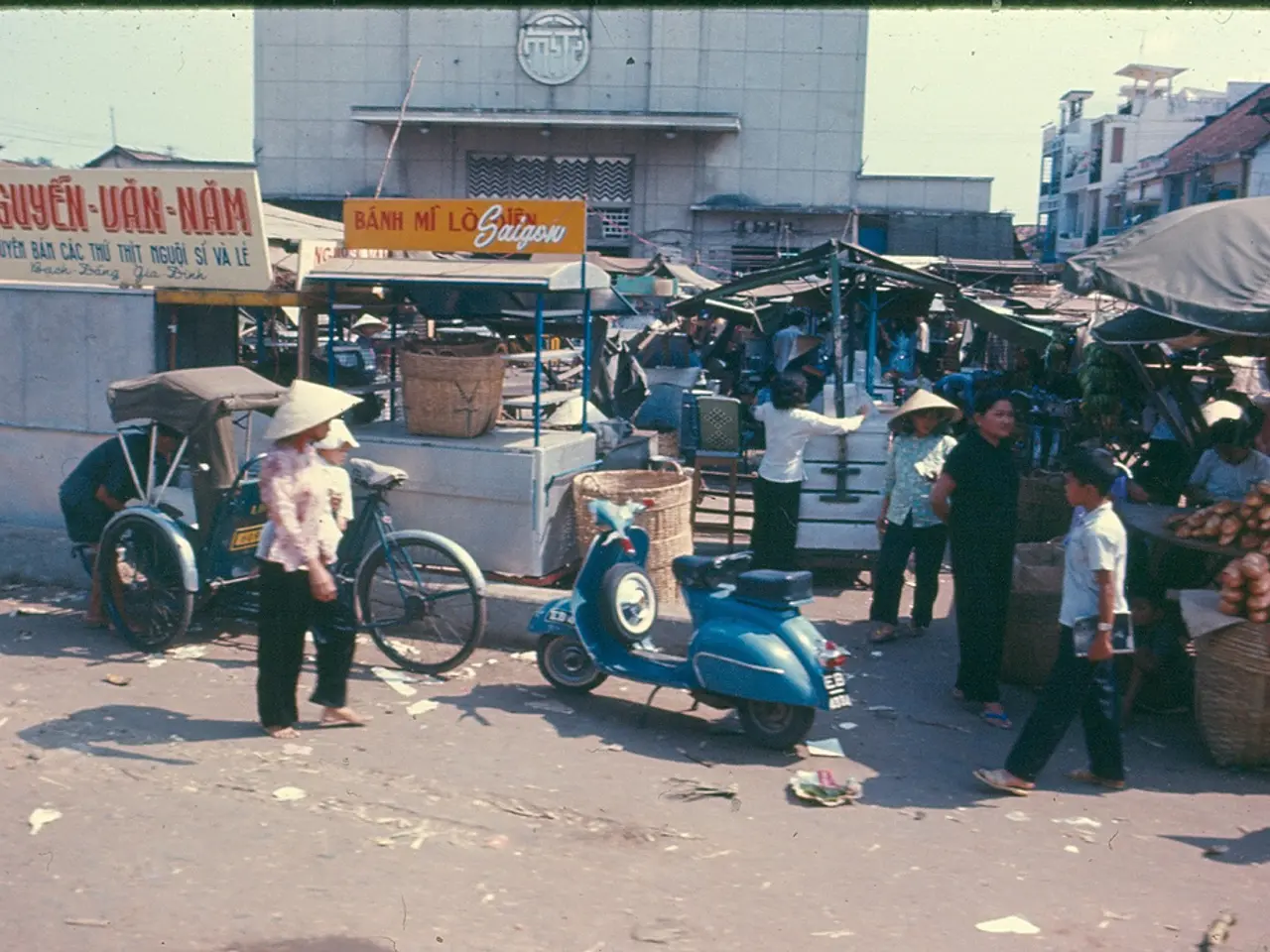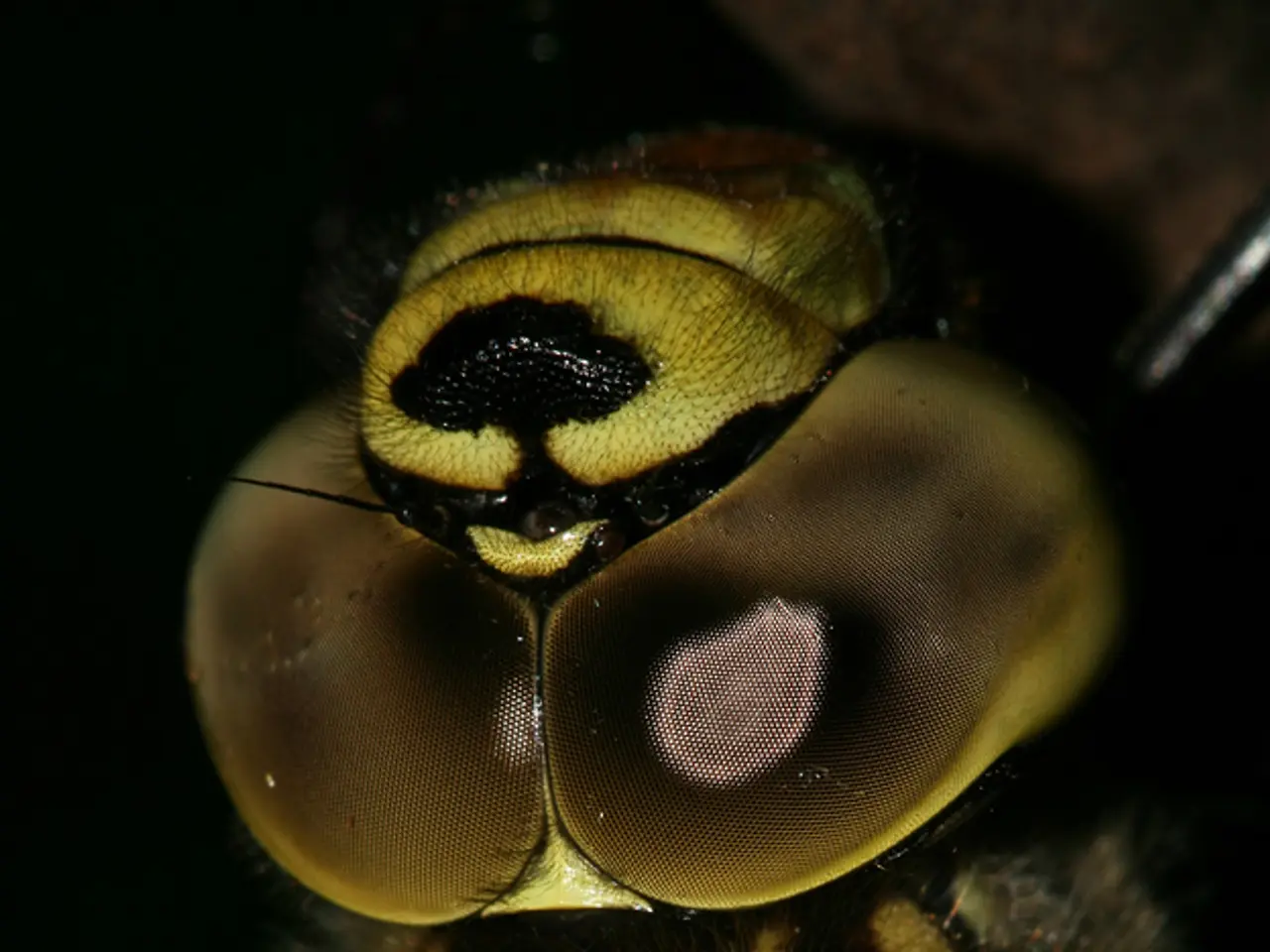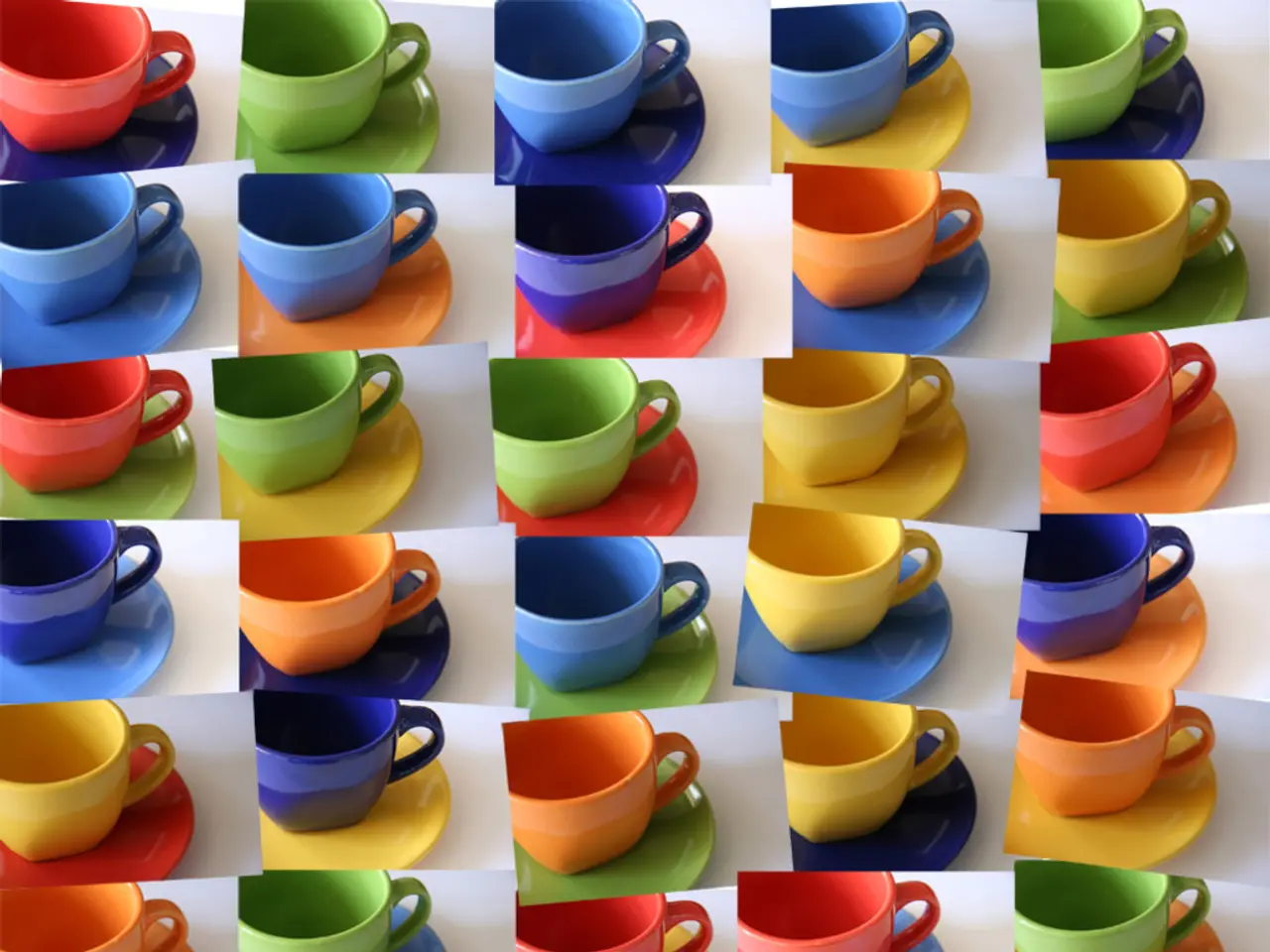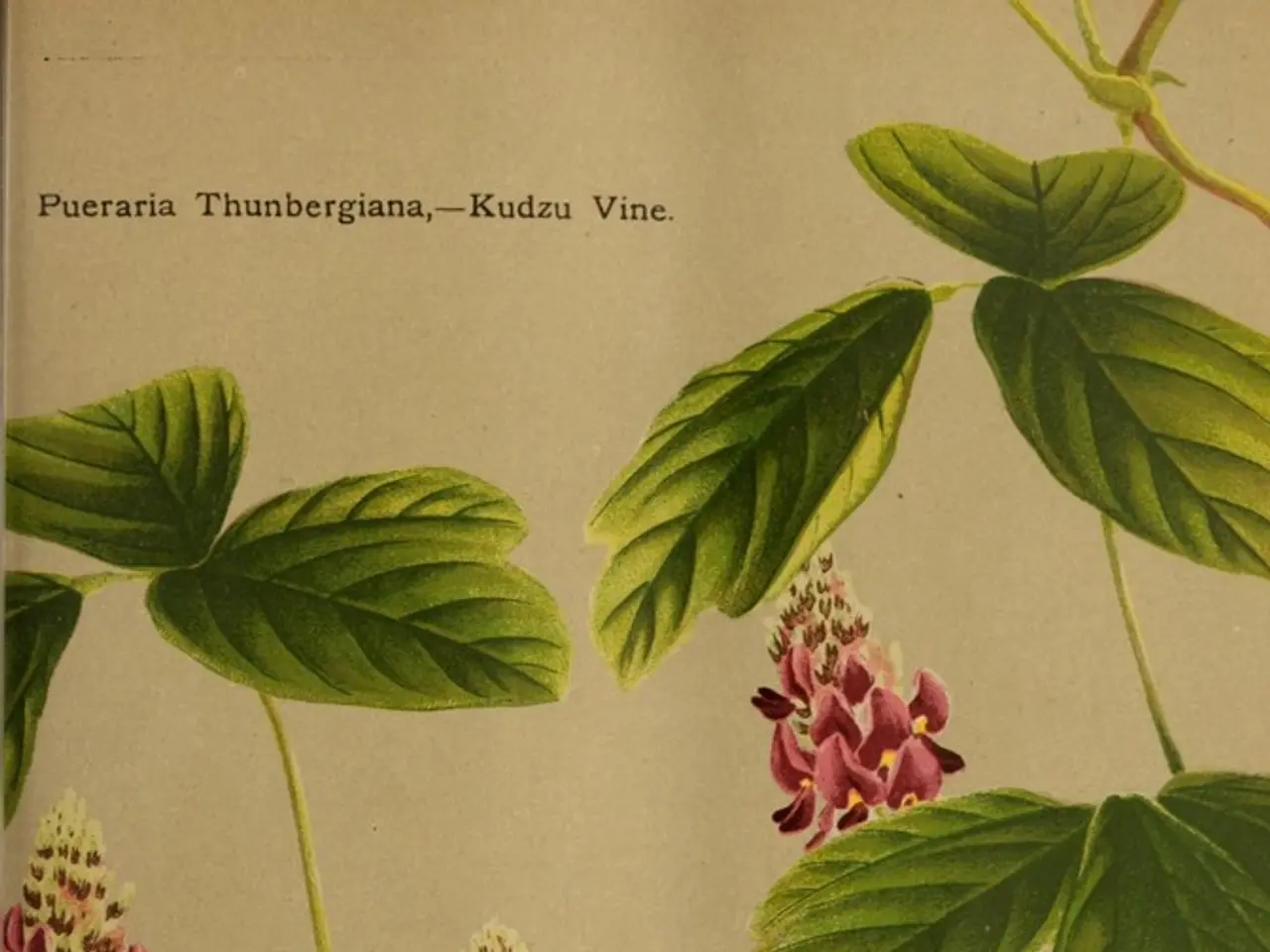Transforming Flax Seeds into Bed Linen: A Step-by-Step Guide in 10 Stages
In the picturesque medieval town of Guimaraes, Portugal, a textile mill specialising in flax linen is weaving a story of sustainability and comfort. The mill, certified GOTS, European Flax®, and Oeko-Tex 100® Class 1, produces high-quality linen duvet covers and fitted sheets that offer an incredibly comfortable sleeping experience without compromising sustainability.
The linen fabric, a result of a lot of labour based on proud traditions, is made from certified European flax linen. This linen is spun in water heated to 60 C (140 F), creating a smooth separation of the fibers, resulting in a fine thread and comfortable linen fabric. The fabric is then washed using special softeners and enzymes, creating a soft and supple texture that doesn't require ironing.
The European flax used in this process is grown in Belgium, France, and the Netherlands. Flax, a highly sustainable crop, requires 600 mm of water over 100 days of growing, all of which is provided by rain and dew. This makes it a water-efficient crop compared to cotton, which needs around 10,000 litres of water per kilogram.
The flax plant blooms in June, turning the fields into a light blue sea. After flowering, pulling occurs about five weeks later, and the plants are laid on the ground for the retting process. Retting is the process of separating the fibers by breaking down the natural cement that binds them to the straw, and it is performed without chemicals.
Every part of the flax plant is used. Short fibers are used for industrial composites, long fibers are used in fashion and home textiles, and the by-product of shives is used for things like composite boards and gardening bed top layers. This waste minimisation ensures that there is no unnecessary byproduct disposal.
The environmental benefits of using European flax linen in bedding production are substantial. The linen is biodegradable, renewable, and recyclable, ensuring that products made from it will decompose naturally without leaving harmful residues or microplastics in the environment. Linen is stronger and more durable than cotton, about 30% thicker and retains its quality even when wet, meaning less frequent replacement, reducing waste and resource consumption over time.
Moreover, European flax linen production often follows environmental certifications to ensure textiles are free from harmful chemicals. The textile spinning and dyeing processes utilise modern solutions to minimise emissions, wastewater, and overall environmental impact.
Perhaps the most significant benefit is that flax captures and converts CO2 from the atmosphere during growth. Every year, the growing of flax in Europe results in the capture of 250,000 tons of CO2.
In conclusion, European flax linen is an environmentally responsible choice for bedding that supports sustainable agriculture, reduces chemical and water use, minimises waste, and promotes products that last longer and break down naturally at end-of-life. By choosing European flax linen, consumers can make a positive impact on the environment while enjoying a comfortable and stylish sleep.
[1] Source: TextileExchange.org [2] Source: LinenFund.org [3] Source: EuropeanFlax.org [4] Source: Oeko-Tex.com [5] Source: CottonInc.com
The European flax linen used in the creation of the textile mill's products is spun into smooth, comfortable fabric through a process that adheres to strict environmental standards. This linen, grown in Belgium, France, and the Netherlands, is not only used in fashion and beauty items such as duvet covers and fitted sheets, but also in home and garden textiles, thus promoting a sustainable lifestyle.
